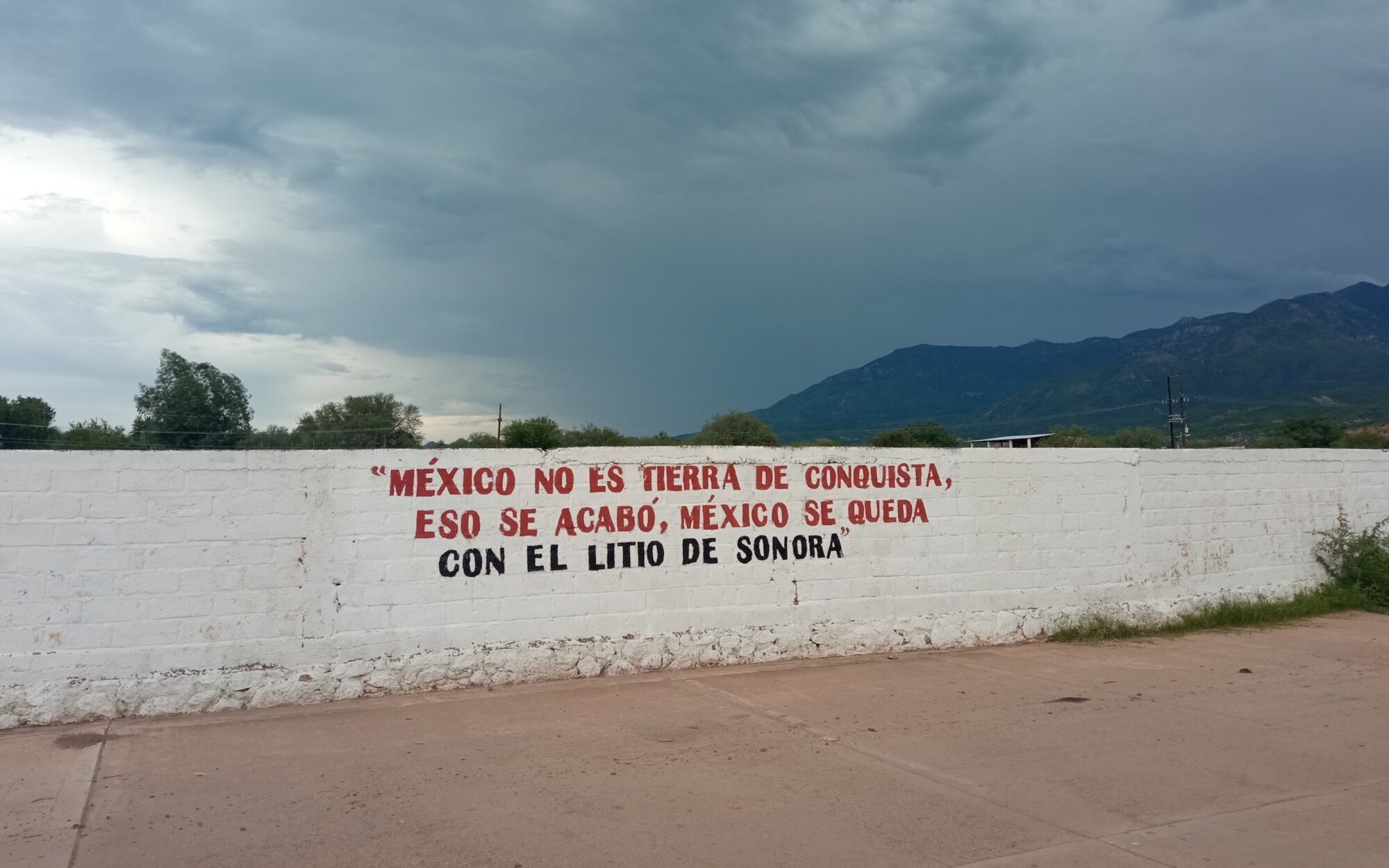To reach Cachoeira do Aruã, a remote riverside community in the Brazilian state of Pará, one must travel from the port of Santarém along the River Arapiuns. For much of the four-hour speedboat trip, the riverside is flanked by pristine forest, giving the impression of arriving in an almost untouched Amazon.
Editor’s note
This article is a summary of episode three of Amazônia Ocupada, a new podcast series from Diálogo Chino, available in Portuguese only. Listen here.
The reality is much different: the area around Cachoeira do Aruã is a hotspot for the extraction of wood. Today, the settlement is home to around 130 families, with the population having grown since logging companies began to exploit the region.
This dense native forest is punctuated by signs of logging activity. On the banks of the Arapiuns River, we see two clearings before which large rafts are moored, the departure point for huge loads of Amazon logs, especially in the dry season between July and January.
Aruã has also become a tourist attraction, with visitors arriving to see the waterfall that gives the area its name. It also attracted headlines in March 2021, when the former Minister for the Environment, Ricardo Salles, was pictured in the region, soon after the Federal Police seized more than 226,000 cubic metres of wood, worth around 129 million reais (US$25 million).
View this post on Instagram
Salles came to try to mediate the situation between the police and the logging companies, as he claimed at the time. But accusations soon arose that the minister himself might be involved in the illegal timber market and that he was trying to interfere in the investigations – something he denies.
“It feels like Cachoeira has become known worldwide,” says resident Elinelma Sampaio. “As the name says, Cachoeira [meaning “waterfall”] is an extraordinary place. The waterfall is beautiful, but it is also embarrassing because of the deforestation. Cachoeira is being talked about worldwide, and spoken about badly.”

Today, as in the cases of soy and cattle ranching, there are ways to legally extract timber while keeping the forest standing. There have been regulatory advances to prevent its predatory extraction, with the creation of forest concessions in the mid-2000s. There are even companies operating in Cachoeira do Aruã through these concessions.
“You have a forest area, divide it into 30 parts and exploit one part each year, managing to maintain this cycle,” explains Marco Lentini, project coordinator for Imaflora, an NGO that promotes sustainable forestry combined with environmental conservation. “That way, you can maintain this cycle. That forest will always be a forest, capable of maintaining its production level in the long term.”

Rubens Zilio, director of logging company Patauá Florestal, is an example of this colonisation of the Amazon, much of which advanced between the states of Mato Grosso and Pará along the BR-163 highway. He began his logging operations in Sinop, a region at the transition of the Amazon and Cerrado biomes, but migrated in the 1980s towards the north in search of “new horizons”.
“I came to get what I didn’t have there, what was running out in the region, as it was becoming an agricultural area. There was no more wood,” explains Zilio. Today, Patauá Florestal has two 40-year concessions that cover an area of 362,000 hectares in the Altamira National Forest of Pará. “I came here to find an area where I can work for the rest of my life”, he says.

Despite important advances in the regulation of the timber sector, and examples of successful forestry concessions, Imaflora estimates that only 10% of the timber supply in the Amazon comes from proven regular sources. The extraction of illegal timber continues to be a lucrative business, even attracting criminal groups to the activity.

In recent years there have been several actions by the police, environmental agencies and the public prosecutor’s office against illegal logging in Cachoeira do Aruã. In the case of the shipment seized last year, the Federal Police found evidence of an attempt to “launder” the wood. This occurs when legal cargo is mixed with irregularly obtained materials – a mechanism similar to the laundering of cattle, as seen in the previous episode.
Today, only 16% to 25% of Amazon wood is exported, mainly to Europe and the United States, according to Imaflora’s estimate. The rest remains in the domestic market, which is more concerned with price and quality, than with the product’s origin. However, this mindset is starting to change among companies that source wood.
“We were surprised to discover that around 40% of the companies that buy wood on the domestic market already do some kind of mapping of their supply chains,” explains Lentini, discussing a recent survey carried out by the organisation.
Episode three of Amazônia Ocupada is now available, in Portuguese only, on Spotify, Apple, Amazon and Deezer. The fourth episode and accompanying English article will be released on Monday 26 September.






